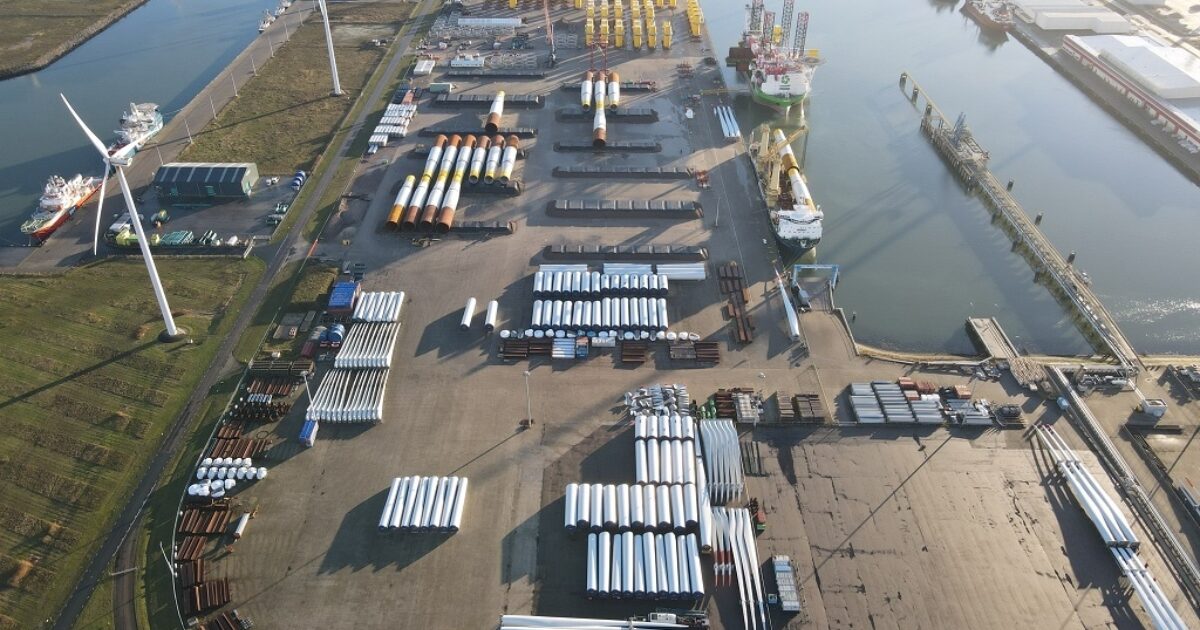What to do with all the wind turbine blades that will be written off over the next few years? Recycling seemed almost impossible. Until now. On 17 February, parties signed an agreement in Eemshaven that marks the start of a closed supply chain, dismantling and recycling of wind turbine blades.
They are dumped, they are buried in mines, they cause problems. At the end of their working life, wind turbine blades, which are mainly made of composite materials and generate energy all over the world, pose a dilemma. Nothing seems to be done with them. The solution to this problem is now much closer, as various companies, educational institutions and organisations are joining forces to make recycling possible. This gives Eemshaven a world first.
Decom North is the name of the consortium, which is unique in its comprehensiveness. Together, the member companies form a complete value chain from dismantling to new product. They dismantle decommissioned wind turbines and transport the rotor blades to the recycling plant in or near Eemshaven. There, the blades are gradually reduced in size until only granules remain. These form the raw material for new products such as bank revetments, moulds, bridges, crane mats and much more.
This is a revolution that is urgently needed for the sake of nature, the environment and the climate. Within a few years, the hundreds of offshore wind turbines north of Eemshaven will be part of the integrated recycling system. A pilot plant near the terminal will then be operating at full capacity. The resulting raw materials will, among other things, replace hardwood, which will benefit the environment and the climate.
Until then, the consortium is turning to Neocomp in Bremen. Neocomp processes the glass fibres and synthetic resin from cut rotor blades into cement. The one-stop-shop system for the disposal of discarded rotor blades is already being put into practice. The streams from land and sea will soon meet in Eemshaven, where rotor blades can also be repaired.
The parties involved, including Chemport Europe, agree on the point on the horizon: old wind turbine blades must be recycled into new wind turbine blades. To make this happen as soon as possible, the pilot plant has plenty of space for researchers and students as part of the ‘Kennisproject Hoogwaardige Toepassingen’. They are also investigating whether other types of material can be processed in the same way.
HorYzon and Hogeschool Windesheim drew up the business case, in which Chemport Europe, Groningen Seaports and the Offshore Wind Innovation Centre play an important role, as do the companies Buss Terminal, Mammoet, Lubbers Transport, DHSS Eemshaven, Bek & Verburg, Nehlsen metal recycling, CRC Industries, SCS Logistics/Shipco Transport and Nedcam Solutions.
This article first appeared on Groningen Seaports News on February 14, 2022
Image: Decom
